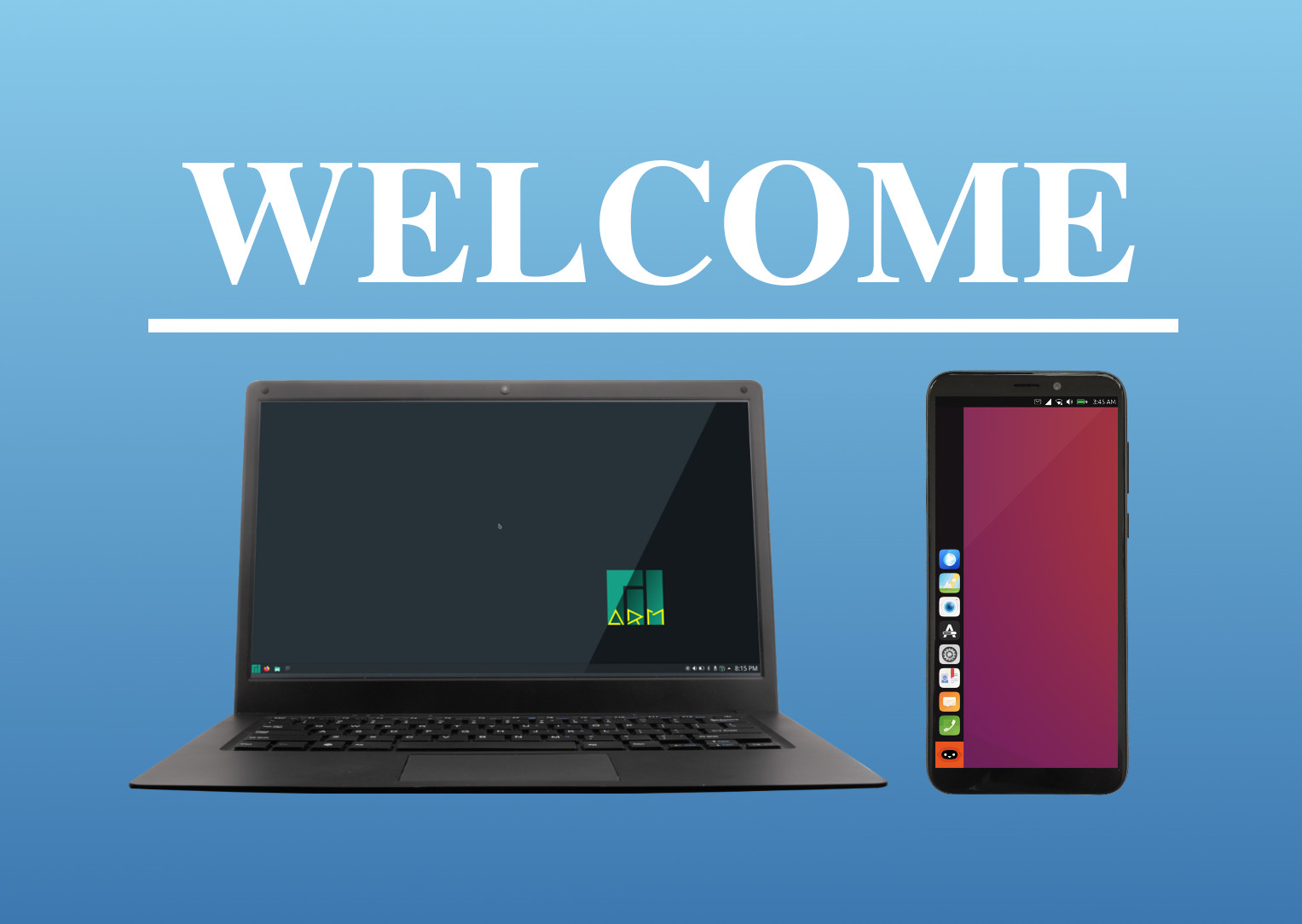Welcome New Community Members!

With thousands of Pinebook Pro laptops and PinePhone smartphones shipping in the next days and weeks, I felt that a short introductory blog post aimed at newcomers was in order. To this end, the primary purpose of this entry is to give you an overview of all the resources at your disposal.
Shipping Information and Updates
You can follow the shipping progress of both devices in a dedicated PINE64 forum thread.
I will update the thread on a need-be basis as new information becomes available. Support and Info teams receive the same status updates that I post on the forum, so there is no need to email them for general shipping queries.
If your device ships using DHL Express, then you’ll most likely be notified of shipment via SMS and/or email immediately as your order gets scanned into the DHL database. You will also receive a shipping confirmation email from us in days following the DHL shipping notification.
If your PinePhone ships via Asendia then you’ll receive your tracking number directly from us. Due to the high volume of shipments, it may take a couple of days before the dispatch team emails you your shipping number. Please be patient.
The Pinebook Pro With Manjaro KDE Plasma
A quick PSA first**:** the factory left the WiFi privacy switch (as well as potentially also other privacy switches) turned ON during testing on some Pinebook Pro laptops, so you may have to disable the switch to re-enable WiFi**.** We apologize for the inconvenience this may cause. The Pinebook Pro ships with Manjaro which features the KDE Plasma desktop. Manjaro is a phenomenal Linux distribution with an equally great and thriving community. The developers are our friends and colleagues, and they can be reached on their and our forums as well as in our chats.
To learn more about the Manjaro build which ships with your Pinebook Pro please see the following:
For more general information about Manjaro Linux distribution please see:
Manjaro is just one of many options at your disposal. The Pinebook Pro is able to run a vast number of other Linux and BSD operating systems, which can be booted from a SD card or installed to internal flash storage instead of Manjaro. For instance, you can boot Recalbox from SD (or USB) for recreation and retro gaming while keeping your full operating system on the Pinebook Pro’s internal flash storage.
You can find an up-to-date list of available operating systems on PINE64 Wiki.
The Pinebook Pro sub-section of the PINE64 Wiki also contains a wide variety of information concerning the laptop’s hardware, including:
- Schematics & certifications
- Datasheets of components
- Software and Operating System directory
- Technical reference
- Troubleshooting procedures
The greatest resource we have to offer, however, is our community. There are literally thousands of community members willing to help you out with getting started at any given time. Regardless of if you’re just interested in asking a quick question or wish to engage in testing and development on a daily basis, there are numerous ways to get in touch.
Here are your options:
The PinePhone UBports CE
This Community Edition of the PinePhone ships with Ubuntu Touch, a popular Linux community maintained smartphone operating system. While still a work in progress, Ubuntu Touch is one of the fastest progressing operating systems on our platform. We’re very good friends with the developers, and you can direct your questions to them both on their and our forums and chats (listed further down).
To learn more about the UBports Foundation and its history:
For general news and to follow ongoing development:
- UBports PinePhone Gitlab branch
- Ubports forum thread about the PinePhone
- UBports section on PINE64 forum
Although this Community Edition ships with Ubuntu Touch, you can use many different mobile OSes on your device. Most if not all well established Linux-based systems are represented on the PinePhone so there are plenty of options to choose from. You can give any - or all - of them a risk-free spin by booting from a SD card.
You can find an up-to-date list of operating systems on PINE64 Wiki
The PinePhone sub-section of the Wiki is a valuable community maintained information hub which, amongst others, includes:
- Hardware Specifications
- Certifications and Schematics
- OS flashing instructions
- Components and peripherals datasheets
The most important resource at your disposal, however, is the PinePhone community. We have fostered a sizable social platform that spans across multiple mobile Linux projects and is composed of developers, enthusiasts and end-users. Everyone is welcome to join in, be it to ask a quick support question or to actively engage with the project.
Here are the community platforms:
Support and Queries
All software support queries should be asked on the forums or in the chats listed above. Usually, hardware related problems and questions are also handled quickest by the community.
There are, of course, instances where the community will be unable to provide support; for shipping related queries please email: info@pine64.org. For hardware support, please file a support ticket at https://support.pine64.org.
Lastly, I encourage you to subscribe to this blog to keep up-to-date on everything PINE64. Every 15th day of each month I publish a community update detailing what we have been up to in the past ~30 days and what we have in store for the coming weeks and months. I usually also take a look at the development status of the various devices and throw out ideas for you to comment on.
Once again - Welcome into the community! I hope you found this post useful.


